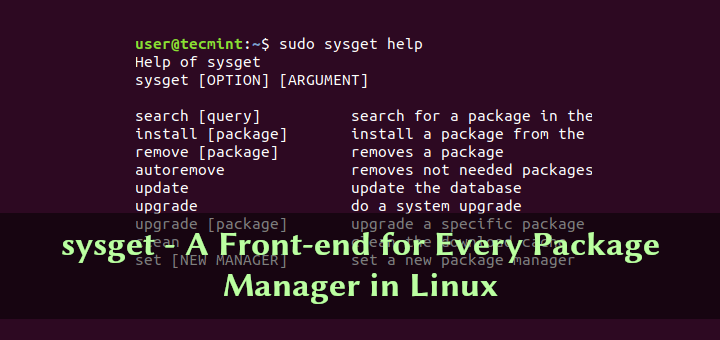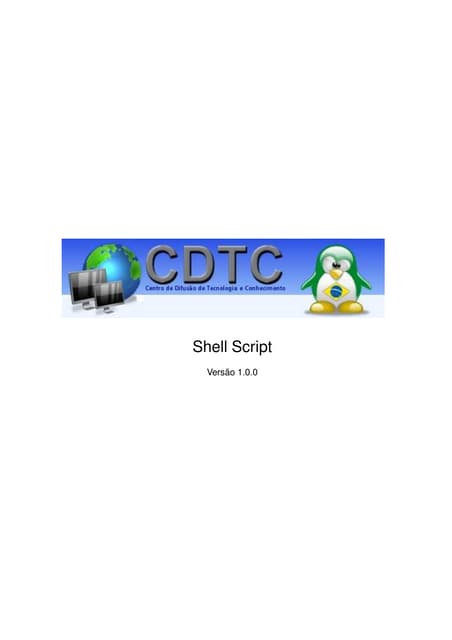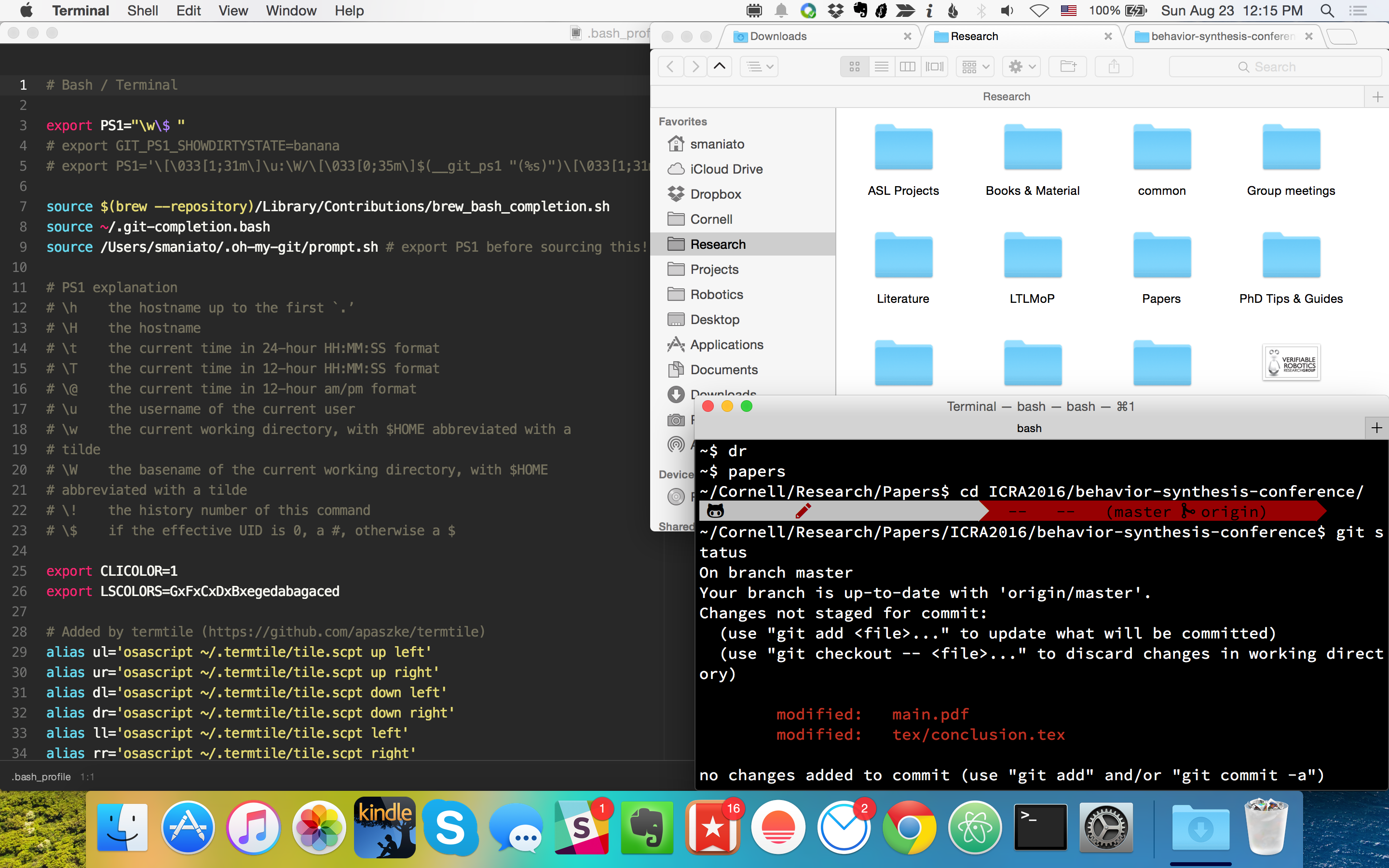
- PACKAGING AN OS X SHELL SCRIPT MAC OS X
- PACKAGING AN OS X SHELL SCRIPT MAC OS
- PACKAGING AN OS X SHELL SCRIPT MAC
You should select the Service option, which is accompanied by a gear icon. Automator will show you a list of available templates and prompt you to choose one for your new project. To create a service, you start by selecting New from Automator's File menu.
PACKAGING AN OS X SHELL SCRIPT MAC
I can select a block of editable text with Markdown formatting in any Mac application and use the Markdown service to convert it to HTML in place. I built a trivial service that wraps a command-line Markdown processor. More importantly, I wanted a solution that wasn't tied solely to Vim.
PACKAGING AN OS X SHELL SCRIPT MAC OS
This same approach is still viable on Mac OS X, but I wanted to explore a more Mac-native solution to the same problem. I had a simple shell script that I could call directly from within Vim itself to perform those steps. On Linux, I used a Markdown processing tool from the command-line to convert my articles to HTML and then piped the output into the xclip command so that I could just paste the finished article directly into Ars Technica's content management system. I write virtually all of my articles in the Vim text editor and use Markdown syntax for formatting. In this tutorial, I'm going to show you two of the ways that I use shell scripting in Automator services in order to simplify my work.

Automator makes it really easy for regular end users to create their own services with specialized behaviors.Īs a Linux refugee, one of the features that makes Automator particularly compelling is that it allows me to integrate command-line operations, commands, and pipelines into my Automator workflows. Third-party developers can also create services to deploy with their applications. Despite its relative obscurity among users, I've learned to appreciate its value.Īpple offers a number of its own services-like one that supports dictionary lookup on a selected word-that work with the platform's standard applications. A brief and unscientific poll of Mac enthusiasts revealed that few actually use the Services menu. Many services are context-sensitive and designed to process or operate on user input.


One of the most compelling features of Automator is support for building services-headless applications that are pervasively accessible throughout the operating system. I've used Automator over the past week to build simple applications that replace some of my personal shell scripts. Although it's not as mighty as the command line for improvisational automation, it's useful for defining stand-alone operations that you want to be able to repeat. In my quest to tear the power of the command line out of the terminal, I have found that Apple's Automator tool is a powerful ally. Although Apple's operating system supplies practically all of the command line tools I know and love, I want to spend less time in a terminal window and start cultivating workflows that integrate better with the Mac user experience.
PACKAGING AN OS X SHELL SCRIPT MAC OS X
I recently switched to Mac OS X as my primary desktop operating system after spending over a decade on Linux.


 0 kommentar(er)
0 kommentar(er)
